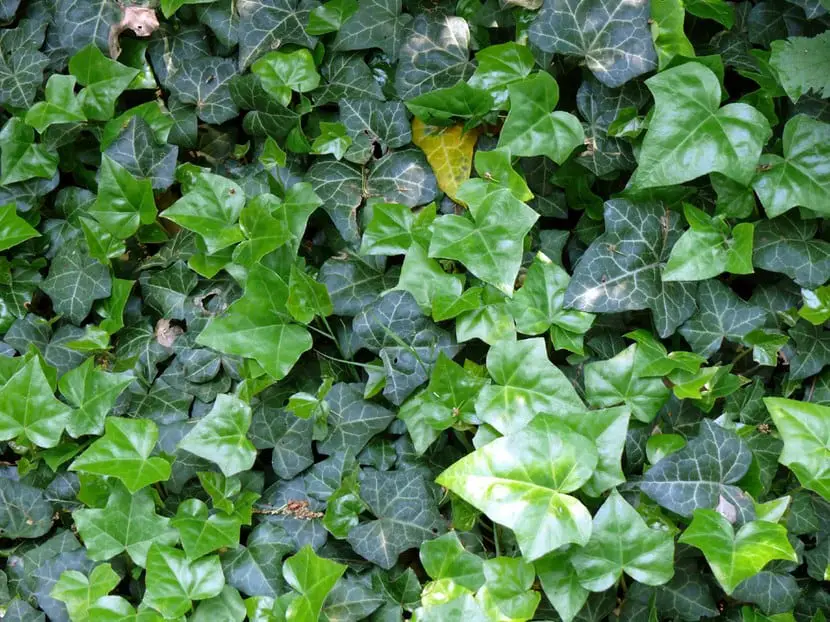
A few weeks ago I was looking for a climbing plant for my balcony. I had several requirements in mind: I wanted it to have leaves all year round but at the same time the leaves to be soft and not attract wasps.
So I started to investigate and I found a large number of species that can be divided into different groups.
Climbing Generalities

The first thing to know is that climbers are plants that are characterized by having stems that can ascend and perch on walls, walls, pergolas or fences. They are hooked to them and thus remain attached without falling. There are two types of vines, depending on whether they have woody or herbaceous stems: shrub and herbaceous climbers.
Climbers are great allies when it comes to covering walls as they offer a beautiful green that covers everything. They are attractive to the eye and decorative. They have several ornamental uses in addition to helping to create intimate areas. Depending on the species, they can be used as hedges or as pergolas, although it is also common to use them when you want to hide structures that we do not want to be seen.
Types of climbers

Within the creeper family there are different groups that are defined by their characteristics. The climbers with aerial roots They are those plants that, precisely, have aerial roots, to adhere to the vertical surface and thus can rise several meters in height.
The best example is IvyOne most popular climbing plantswhich is highly chosen for its strength because it resists frost and can grow in poor soil. Hydra is a fast growing evergreen shrub that becomes a great option because it does not present major care difficulties.
A second group corresponds to creepers with tendrils that are added to the wall thanks to the fact that some of its leaves are transformed into filaments that work as suction cups to hold on. The Virgin vine It belongs to this group, it is a deciduous shrub with large light green leaves. Its growth is rapid and requires a medium level of maintenance. Although it must be taken into account that the leaves fall once the cold season enters, it is a beautiful vine to have due to its colors, which change as the seasons change, going from light green to yellow, gold, purple and red. .
Our sarmentous climbers They are a third group and are characterized by presenting thin, long and flexible stems that intertwine and thus can be attached to pergolas, bars and other structures. In this case, we are not talking about climbers that have the ability to climb on their own and that is why they must be guided so that little by little and as they grow, they roll up to the structures. An example of this type of climber is the Glycine.
Finally, we have the climbers with thorns which are nothing other than plants that have rigid structures through which they manage to hook into walls and vertical supports. It is the case of the Buganvillaa semi-deciduous shrub with colorful flowers that withstands mild frosts and poor soils.

